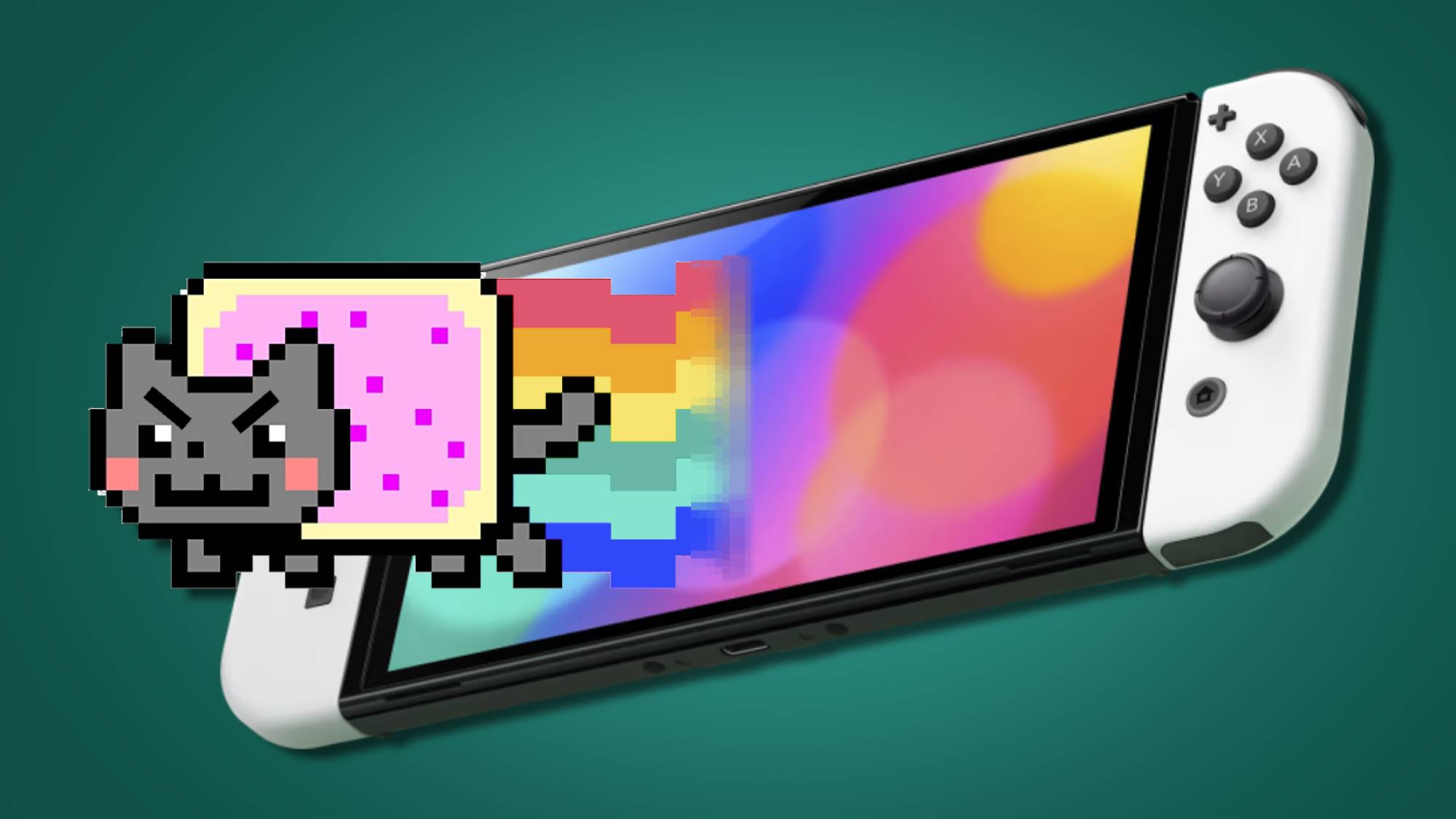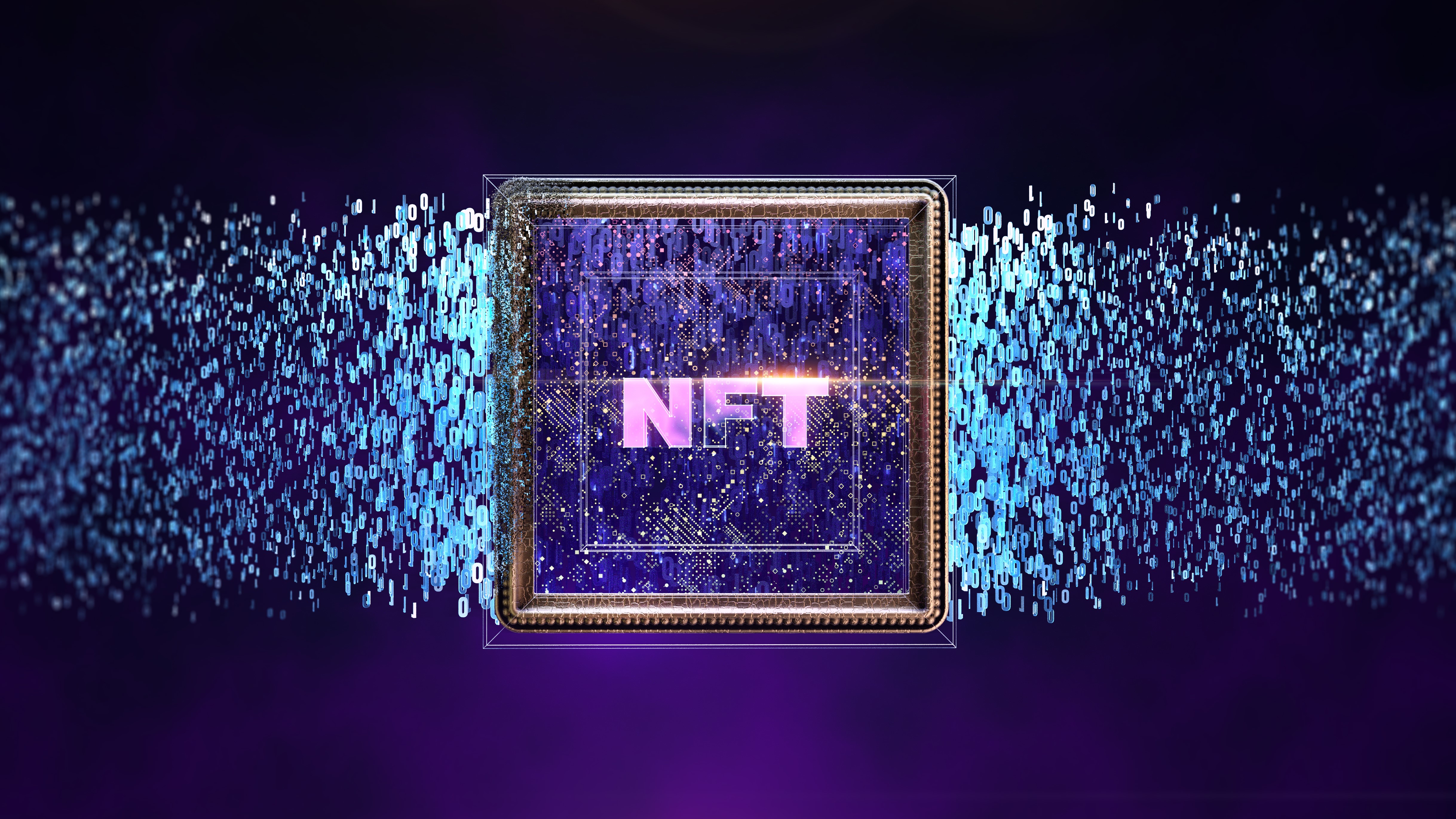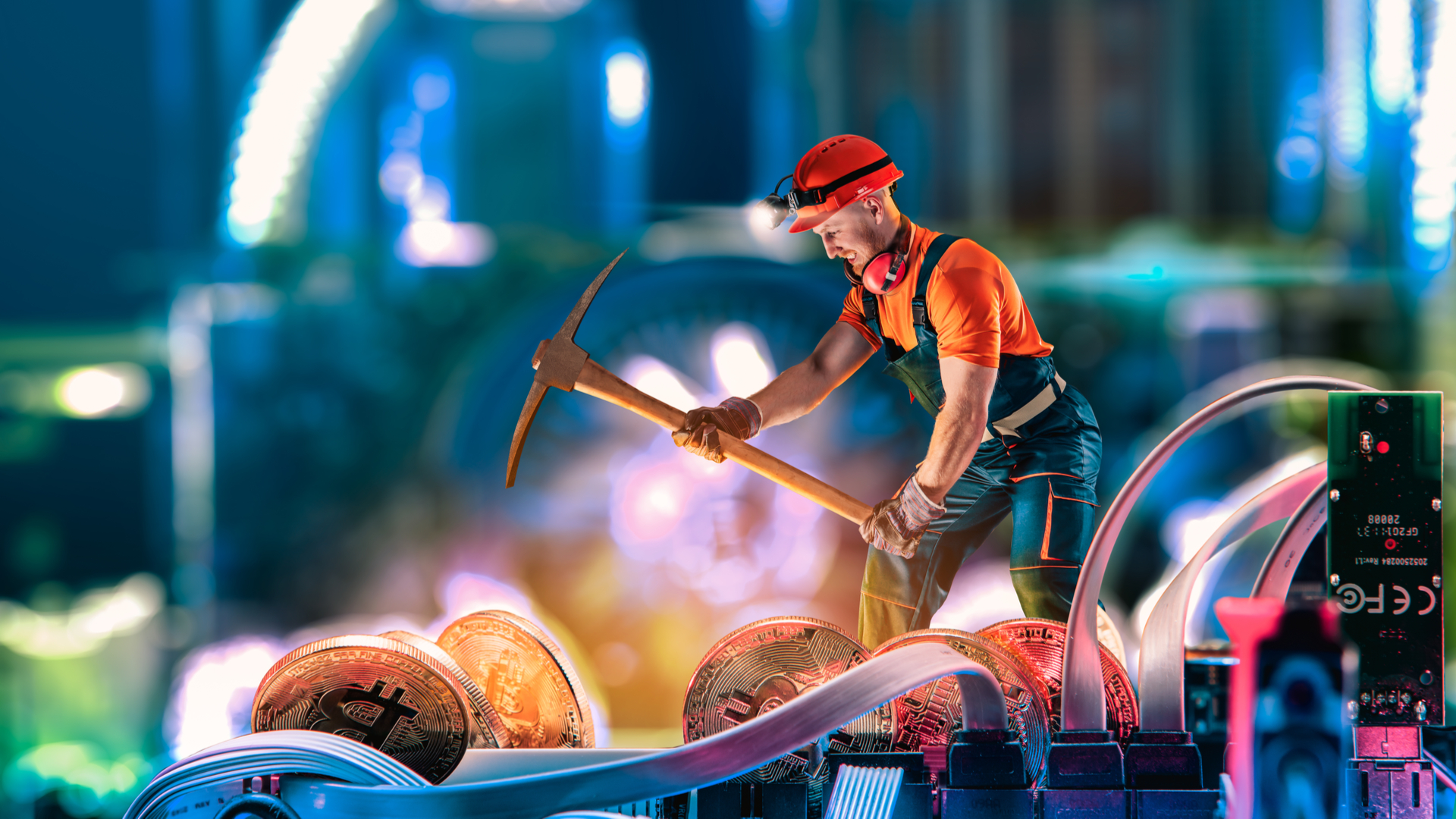Don’t believe the hype: The NFT revolution in gaming is a downgrade
NFTs have nothing to offer the video game world

Since making major headlines near the start of 2021, NFTs have evolved from the fad everyone expected would die off to become the latest unstoppable arm of the crypto-driven machine.
NFTs are creeping into everything, with all forms of art and entertainment at risk of becoming yet another commodity. The latest casualty in what is becoming NFT big business is the video game industry: every week, yet another big-name studio, publisher, or games storefront is incorporating NFTs into its 2022 business plan.
But what can NFTs offer video game players? Companies promise these digital assets will enhance players’ experiences, but the truth is that video game NFTs aren’t an upgrade to our current system at all - and here’s why.
What are NFTs?
Talk of NFTs is widespread these days so most of you probably know what they are. Still, for those of you who aren’t up on this latest tech trend, NFTs, also known as Non-Fungible Tokens, are unique digital objects or assets.
If we have an MP3 file and you want that same MP3, all we have to do is hit copy and paste to create a replica to send over to you. This means that the MP3 is fungible, because two copies of the MP3 file are fundamentally the same - you won’t be able to distinguish the original from the copy. You can have one; everyone can have one.
Now imagine you want something different, more unique, like the Mona Lisa. As any art enthusiast will tell you, we can’t just take a photo or paint our own version and claim the copy is identical to the original; the replica is not the same as the original painting, so the Mona Lisa is classed as non-fungible.

NFTs are digital assets that have been minted on the blockchain - the tech behind cryptocurrencies like Bitcoin and Ethereum. These digital assets become files that you can’t just copy and paste. Like the Mona Lisa, that makes these digital assets non-fungible.
Sign up for breaking news, reviews, opinion, top tech deals, and more.
Naturally, the situation gets a little more complicated when you get down into the nitty-gritty, but for all intents and purposes, NFTs are designed to be distinct digital objects that you can’t duplicate.
How do NFTs fit into video games?
Video games and NFTs collide in one of two ways.
For the most part, video game NFTs look similar to the Konami Memorial NFT Collection that is launching in time for the 35th anniversary of Castlevania.
Those who buy these NFTs will receive a digital stamp - kind of like a certificate - stating they own the pixel art, music track or clip. There might also be other perks, as in the case of Konami NFTs. Konami will also include your name on its website and provide owners of each NFT with content that "can only be unlocked and revealed by the owner."
Overall, the offerings with this type of NFT are fairly standard, and it’s what we’d expect for an NFT collection - whether it's related to games or not.
Now, there’s another type of NFT that we’re starting to see examples of within video games. Ubisoft has some trial versions of this type of NFT in Ghost Recon Breakpoint; Square Enix also seems interested in the idea.
Through its Ubisoft Quartz platform, players in certain regions can claim or buy NFT cosmetics called Digits. Digits have been minted using the Tezos blockchain, but otherwise work just like any other cosmetic item in the game - you can utilize them to give your character a unique design, but you gain no functional benefits.
NFT-cosmetics are distinct from standard collectible NFTs, in that each Digit will only be available to buy from Ubisoft for a set period of time - before going away forever. This means that if you want that particular Digit in the future, the only way you’ll be able to get it is by trading with someone who already owns it.

While Square Enix hasn’t officially unveiled its NFT plans, company president Yosuke Matsuda recently published a letter explaining how NFTs will create opportunities for those who "play to contribute." In other words, NFTs at Square Enix might be part of a marketplace for user-created content within games.
If you’re thinking, “Huh, that sounds pretty cool actually,” you're not wrong. The ability to trade cosmetics or sell your own in-game creations would be a useful addition to plenty of games - which is why plenty of video games already include these types of systems. There’s no need for a blockchain to create something that is already in place.
Roblox, Counter-Strike: Global Offensive, Star Wars: The Old Republic, and RuneScape are just a few of the games that contain systems that facilitate in-game item trading between players.
Sure, not all in-game markets are equal - some let you use real money or in-game currency that can be converted into cash, while others only let you use virtual bucks that remain trapped in the game - but the core concept of player-to-player trading exists, and works.
User creation is nothing new either, and several games have already found ways to monetize user-generated content so that creators can be compensated for their work.
If a Metaverse takes off and our digital spaces become more integrated and long-lasting, then NFTs could be put to good use in creating reliable digital-only commerce. But for now, there’s really no need to rely on them since our games are years away from functioning as a proper metaverse.
In fact, there are plenty of solid reasons why we should be avoiding NFTs.
Why we don’t need NFTs in video games
For one thing, cryptocurrencies are still fairly volatile - some longstanding coins are a bit more reliable but the past couple of years have shown us that any coin can fall from an Everest-esque peak to a Marianas trench-like trough at the drop of a hat.
If the cryptocurrency the NFT is minted on takes a dive, the value of these digital assets could plummet, leading to plenty of angry players and investors who were sold on the new technology.

Additionally, while games like Ghost Recon Breakpoint are popular now, what will the player base be like in five or even 10 years’ time? By then, Ubisoft will likely have released a few more entries in the series and the older game will have been abandoned by players in favor of the new hotness. Breakpoint's servers may even be at risk of being switched off permanently.
Who will want a cosmetic NFT for a defunct game?
On top of that, the environmental impact of cryptocurrency mining - a practice NFTs are reliant on - is huge.
Bitcoin farming produces an estimated 60 million tons of CO2 annually, while Ethereum produces nearly 17 million tons of CO2 annually. A country with this combined carbon footprint would be the 48th worst CO2 polluter in the world; but given that over 8,000 currencies exist, the environmental impact is likely much worse.
The present and future of NFTs in video games
NFTs do not currently provide anything worthwhile to video game players, and we’ve long known how detrimental crypto blockchains are to the environment. So why are NFTs being incorporated into video games?
Considering our opinion that NFTs currently offer nothing new in the video game world, it’s hard not to feel like NFTs are just yet another cash grab, incorporated into video games by publishers and studios looking to bank off the latest industry buzzwords.
If this is the case, it makes perfect sense: the sale of NFTs has been a huge revenue generator for creatives throughout 2021, and continues to be wildly popular in certain parts of the internet.
The issue here is that studios are over-promising. We’re told that these new blockchain-powered systems will create unique and special opportunities within the games we love - but the features being implemented right now aren’t anything new.
Some people have speculated on the awesome potential of NFTs, such as Linkin Park's Mike Shinoda, who envisions a future where one cosmetic skin could be used by a player across a range of games from different publishers. That sounds nice. Unfortunately, the video game industry doesn't currently cooperate like this, having no kind of a shared space.
Even if something like this could ever become a reality, such a system would require a lot of effort and input from design teams of competing brands, and you know what they say about too many cooks in the kitchen.
Ah! So here’s something people aren’t explaining: NFTs don’t have to be jpgs.Imagine taking your favorite skin from Valorant, and using it Fortnite. And not paying extra, because you own it. Then using it in CoD, Minecraft, even Twitter, IG.So many possibilities, no? https://t.co/cJTA6E0z69January 8, 2022
The situation could theoretically change - never say never - but don't hold your breath expecting the video game NFTs you buy right now to ever be available in a title other than the one you purchased it in.
And thankfully, today’s gamers are quick to point out all of these issues and don’t seem that interested in engaging with NFT content.
Early estimates suggest that Ubisoft managed to sell just 15 NFTs through third-party vendors in the month following its Quartz announcement. Additionally, the developers of Stalker 2 abandoned their NFT plans following online backlash.
While other studios still seem dead set on including NFTs in their latest projects, we’re hoping players will continue to be loud about their rebellion against such plans, forcing change based on player preferences - at least until NFTs are cleaned up and incorporated in a way that provides a meaningful enhancement.
- Stay up to date on all the latest tech news with the TechRadar newsletter

Hamish is a Senior Staff Writer for TechRadar and you’ll see his name appearing on articles across nearly every topic on the site from smart home deals to speaker reviews to graphics card news and everything in between. He uses his broad range of knowledge to help explain the latest gadgets and if they’re a must-buy or a fad fueled by hype. Though his specialty is writing about everything going on in the world of virtual reality and augmented reality.